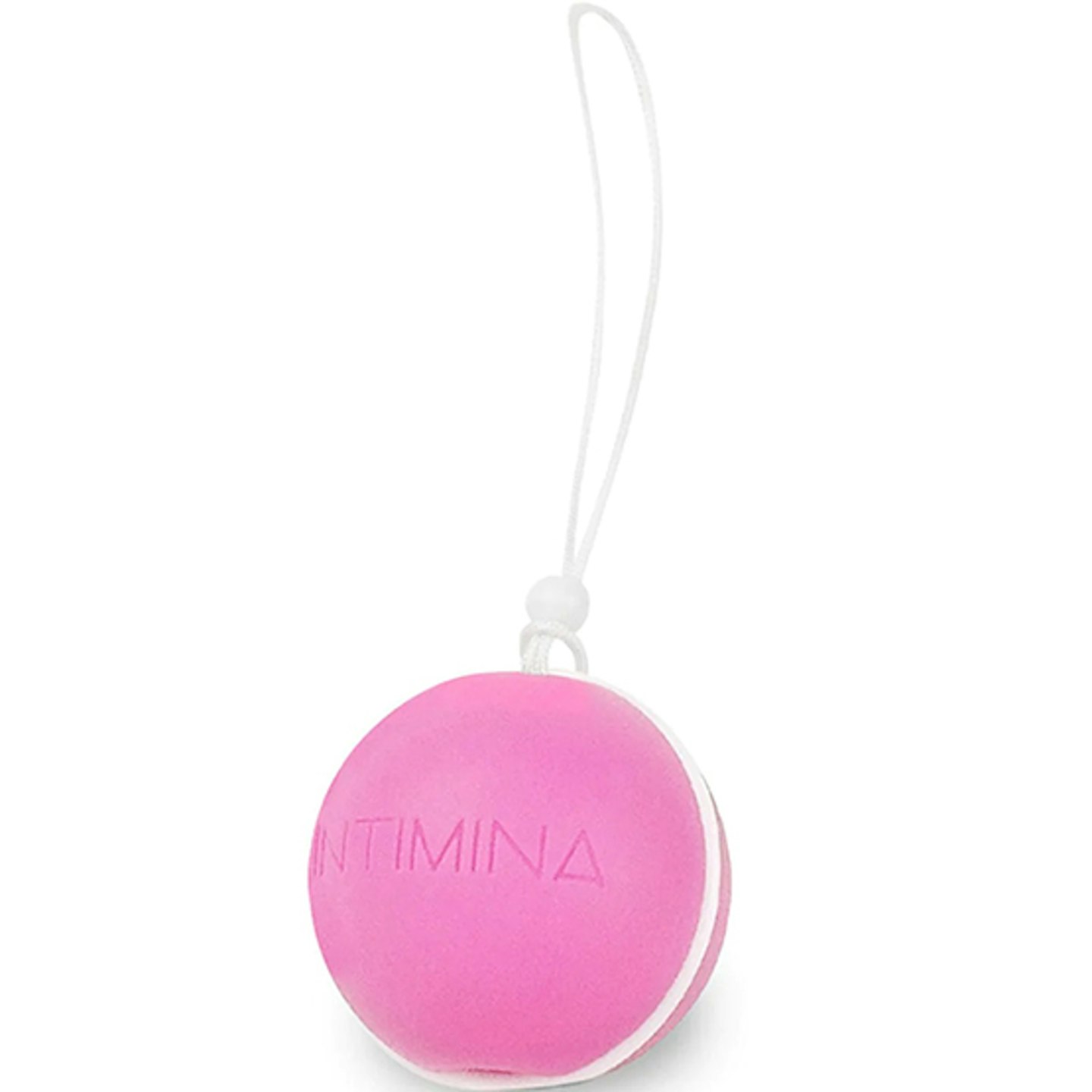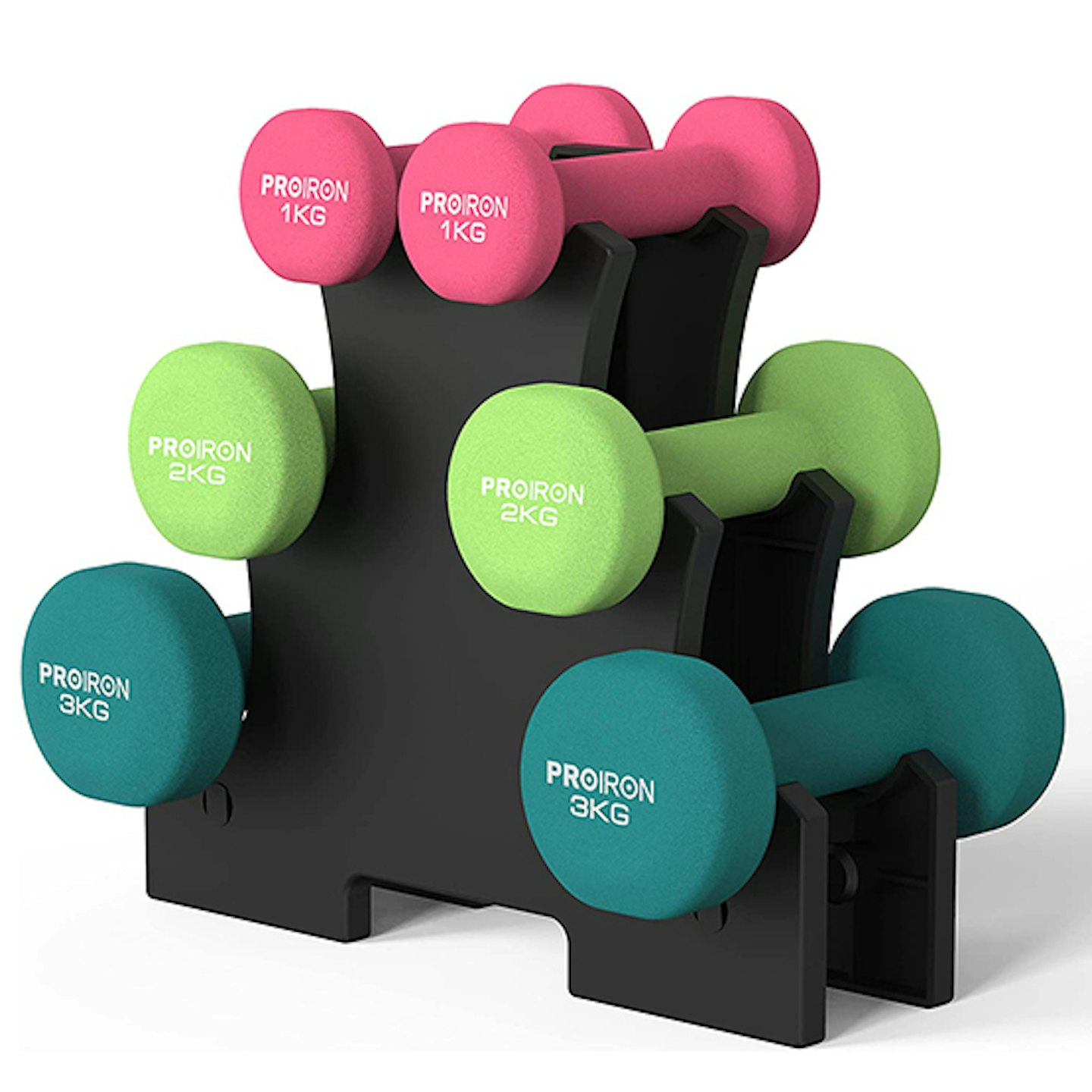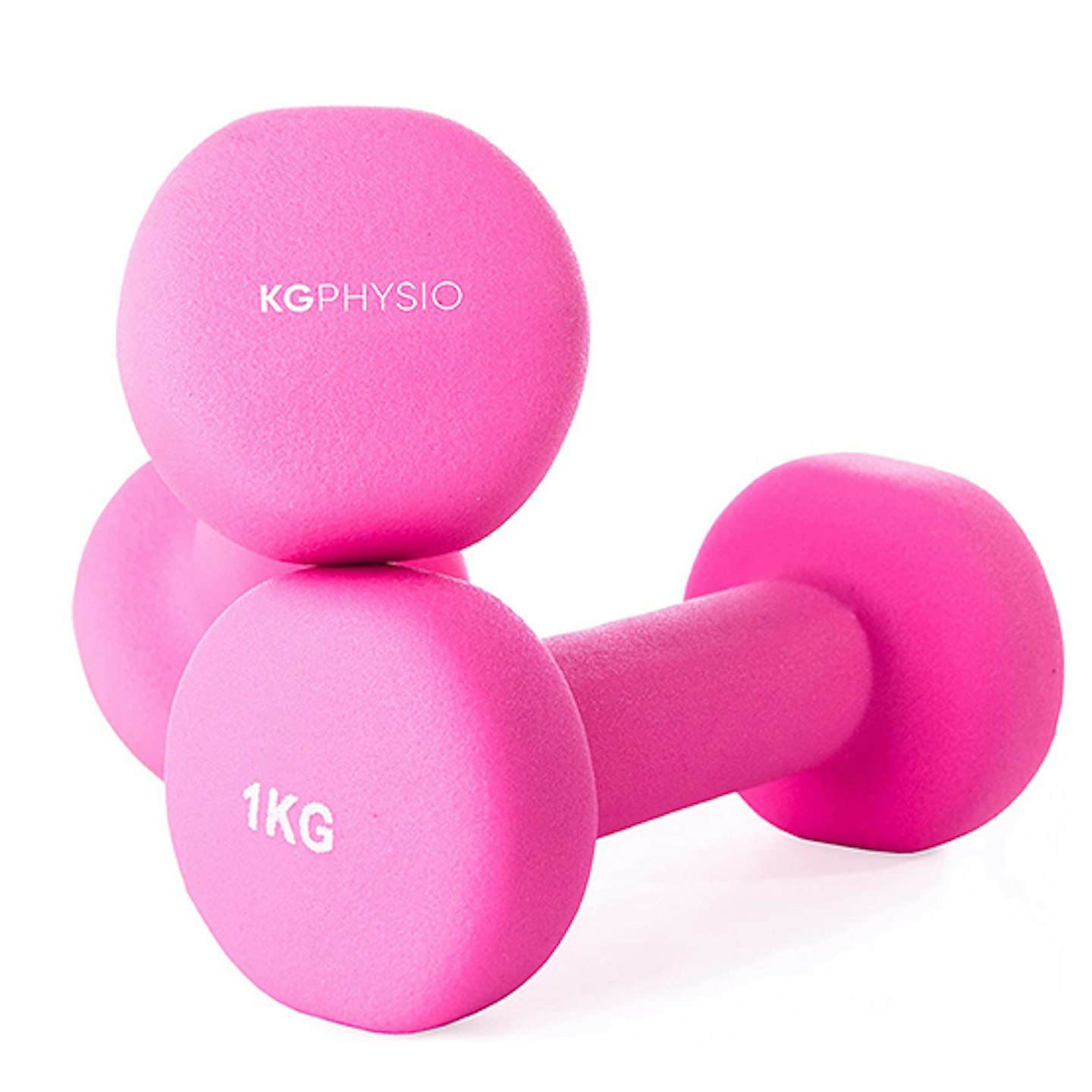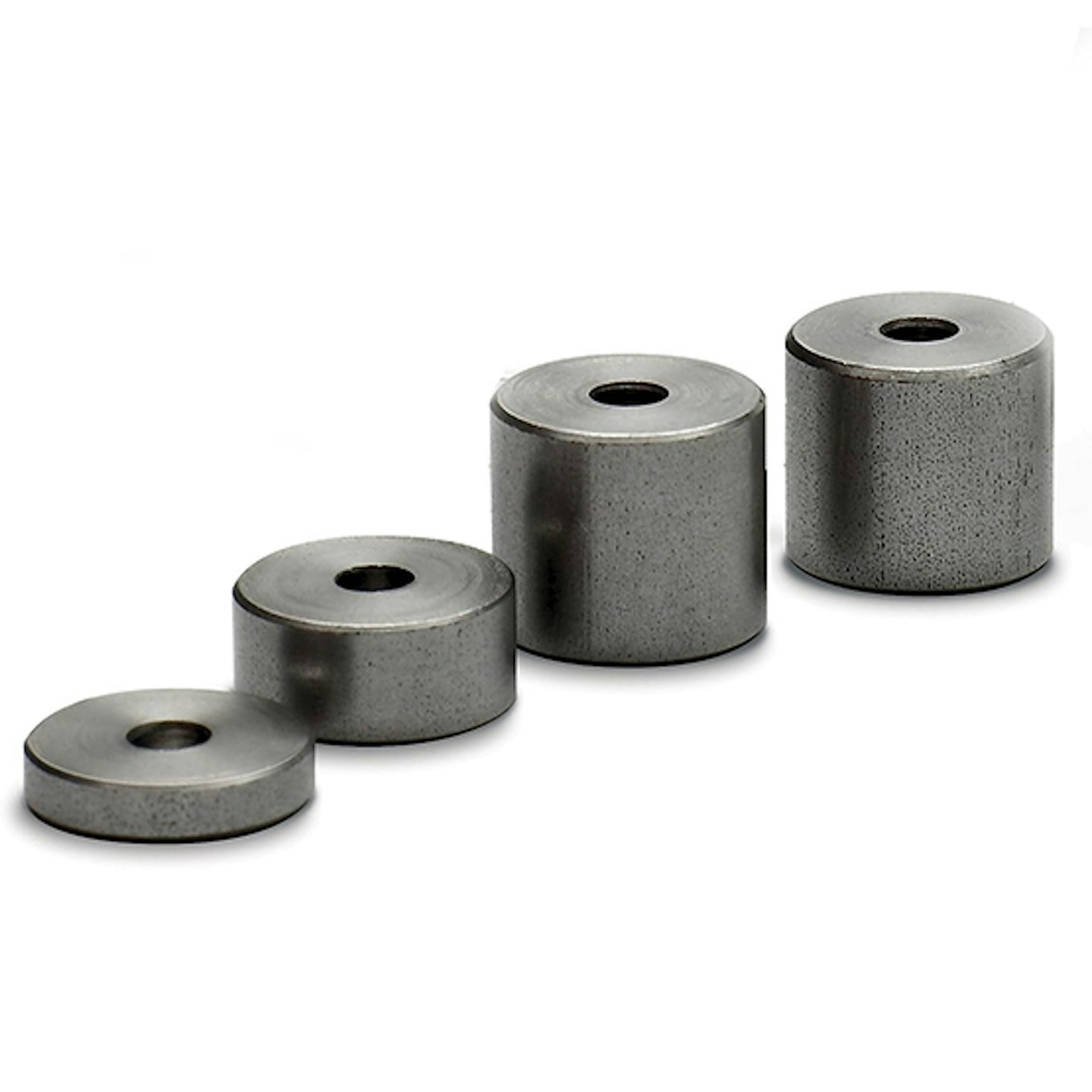Lessen leaks with these simple pelvic floor exercises for women you can do anywhere
There’s a good chance you know where your pelvic floor muscles are, and the basic way in which they function, but do you remember to exercise them? Our senior writer, Becky Fuller, specialises in fitness for over 50s. She says that along with regular exercise, pelvic floor exercises are crucial when it comes to maintaining our wellbeing as we age.
“I meet so many women in their 50’s and beyond whose lives are much narrower because of having a weak pelvic floor,” she says. “Simple things like laughing too hard, coughing or sneezing can cause a leak of urine. More vigorous physical activity like running or any kind of jumping can cause such anxiety among women with pelvic floor issues that they just stop doing what they love. It can also dramatically affect our sex lives, and that’s such a shame when there’s plenty of ways to improve function in these muscles.
“Things like childbirth, working a manual job, constipation or obesity can significantly weaken the pelvic floor but pelvic floor exercises should be done by all women, no matter their history. As we age, the pelvic floor, a set of muscles supporting your bladder, uterus and back passage, become weak.
“I’ve had three natural childbirths and I lift weights regularly. I maintain my pelvic floor just like I do my physical health – by exercising. Pelvic floor exercises for women need only take around ten minutes a day, and a lot of the moves you can do without anyone knowing. I’ve done mine on the train, in the supermarket queue and while watching tv!”
National guidelines in the UK recommend that we should all be doing at least eight pelvic floor contractions three times a day and a pelvic floor trainer can help with this. There’s even a handy NHS app ‘Squeezy’ which you can download onto your smartphone for free to remind you.
There are so many benefits of pelvic floor exercises. Challenge yourself to do these exercises for six-to-eight weeks and see if you can stop (or at least lessen) leaks.

Why is it important to do pelvic floor exercises?
Hollie Grant, Founder of The Bump Plan , explains why it's so important to incorporate pelvic floor exercises into your daily routine.
"The pelvic floor muscles are just like any other muscles, they must be trained to stay strong. If you practice bicep curls you get stronger biceps, if you practice pelvic floor exercises you get stronger pelvic floor muscles. Because we cannot 'see' the pelvic floor, and there are no visual changes, we often forget to train the pelvic floor.
"Prevention is better than cure and so it’s best to ensure a functional strong pelvic floor before symptoms of pelvic floor dysfunction arise."
Dr Masarat Jilani, AKA the Selfcare Doctor has partnered up with Jude as their in-house doctor to tackle the taboo around pelvic health and educate on the importance of pelvic floor exercises. She adds: "Making pelvic floor exercises fun is also key. Belly-dancing, hula hooping or Pilates are all enjoyable activities you can try to boost your pelvic floor.”
Should everyone do pelvic floor exercises?
According to the NHS, all adults no matter their gender can benefit from doing pelvic floor exercises as they can prevent prolapses, lower incontinence and make your sex life better. In men, pelvic exercises can reduce the symptoms of erectile dysfunction. There are many at-home exercises you can do to strengthen your pelvic floor. You can start doing pelvic floor exercises at any age - it's never too late even if you didn't follow the midwife's advice after giving birth!
How do I find my pelvic floor?
Becky says the first step to learning pelvic floor exercises for women is to identify the muscles you're trying to work. "Lie down on your back, with your feet flat and knees drawn up. Close your eyes and imagine you're trying as hard as you can to stop your flow of urine. You should feel the muscles of your pelvic floor trying to contract.
"Depending on how strong they are, you'll either feel a strong contraction or more of a fluttering, or something in between. Initially, I want you to concentrate on the pelvic floor muscles that support the bladder, so just think "I need a wee and I must hold it." Don't squeeze too hard.
"Once you've identified those muscles, squeeze harder, and you'll feel the muscles supporting the anus start to kick in, as if you were holding in wind. When you're doing this, your pelvis should stay absolutely still. you want to isolate the pelvic floor - you don't want the bigger muscles of your glutes or hips to take the strain. From there, try the exercises listed below."
What exercises can you do for pelvic floor?
Exercise 1: Bridge

Lie on your back with your knees bent and eyes closed. Take a few big breaths to relax your whole body then push into your heels and lift your pelvis towards the ceiling like the picture above.
Tighten around your back passage, vagina and urethra as strongly as possible and pull forward in the direction of your pubic bone. Your abdominal, leg and glute muscles should stay completely relaxed while you isolate your pelvic floor. Hold for 5-10 seconds then lower your hips back down. When you relax your muscles, you should feel a definite ‘letting go’ as the muscles drop back down. This may take a few seconds to relax fully.
Repeat up to ten times or until you feel your pelvic floor muscles fatigue.
Exercise 2: Sitting down

Sit on a chair with your feet on the floor.
Tighten around your back passage, vagina and urethra as strongly as possible and pull forward in the direction of your pubic bone. Hold for 5-10 seconds.
Repeat up to ten times. This is the exercise Becky does all the time when sitting on a bus or train - it can also be done standing when cooking dinner or waiting in a line!
Exercise 3: Sit to stand

Begin seated, with your pelvic floor muscles completely relaxed.
Inhale and lean forward preparing to stand. As you exhale, push through your heels and activate your pelvic floor muscles to stand up tall.
Inhale to return back to the seat and relax your pelvic floor muscles.
Repeat 10-20 times.
How to progress your pelvic floor exercises
Becky says: "Once you've got to grips with the exercises above, do them as often as you're able. You won't regret it! However, it's important to strengthen all the muscles in the body as well, especially for women as menopause can decrease our muscle mass. Try some weight training at home or learn how to use dumbbells- the addition of weight will force your pelvic floor to work at the same time as the larger muscles of the legs and upper body.
"If you want to start using weights, I'd recommend any of the dumbbells below."
Use a pelvic floor trainer
If you find you need a little help with your pelvic floor exercises or to help you gain some initial strength and know you're doing the exercises correctly, a pelvic floor trainer could be a useful tool for you.
Pelvic floor trainers come in a variety of guises, most of which you insert into the vagina to do the job:
Kegel balls: These have been used for centuries to strengthen vaginal and pelvic muscle. The small, weighted balls come in a variety of different weights and sizes to help you contract and release different muscles with ease.
Pelvic floor machines: These more modern devices still work to tone the Kegel muscles and will give you feedback so you can see your progress. Some will also have a programme specifically designed to help resolve your specific pelvic floor disorder.
Check out our pick of the best pelvic floor trainers below.



www.currentbody.com

www.currentbody.com
This weighted ball adds resistance to your pelvic floor exercises and comes with a storage pouch to keep it hygienically tucked away when not in use. It's easy to use and also available at a 48g weight.

www.kegel8.co.uk
Can you do pelvic floor exercises while walking?
Walking strengthens all of the muscles in your body, including your pelvic floor muscles. You can carry out standing pelvic floor exercises whilst you're walking if you're busy and need to be somewhere.
Lorna White is a Senior Digital Writer at Yours.co.uk. She was previously a writer at Yours Magazine writing features and news stories before joining the digital team. Lorna loves the great British countryside and likes to spend her spare time out and about in her home of Nottinghamshire walking her dog, Pippin.
Becky Fuller is a senior digital writer for Yours.co.uk. She is also a fully qualified personal trainer and strength coach, specialising in fitness and wellbeing for over 50s. Prior to joining Yours, Becky was a fitness writer for Saga, and a freelance entertainment and theatre journalist. Becky is passionate about helping people to move well and discover the many benefits of strength training.
Hollie Grant is the Founder of The Bump Plan
Dr Masarat Jilani, AKA the Selfcare Doctor has partnered up with Jude as their in-house doctor to tackle the taboo around pelvic health



